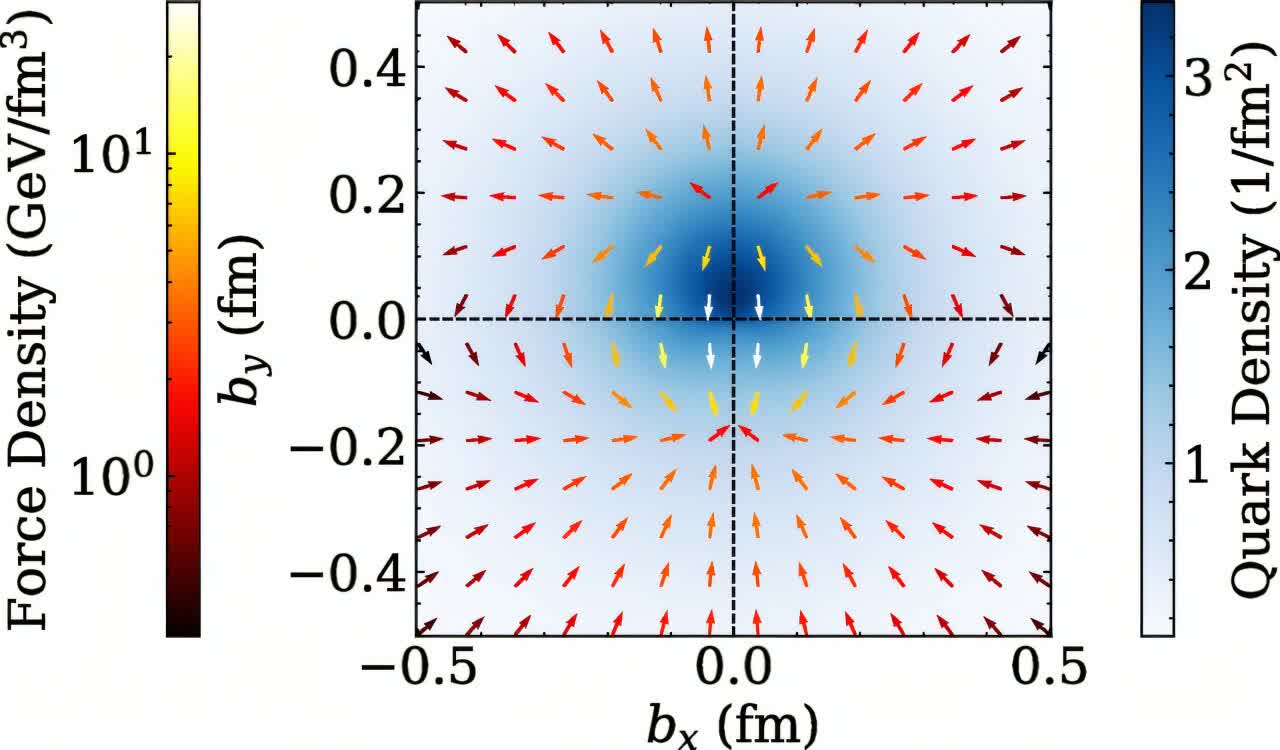The big picture: Scientists have spent decades trying to unravel the mysteries of the proton – the tiny particle at the heart of every atom. Despite their minuscule size, protons are incredibly complex, with dynamic internal structures that physicists are still striving to fully understand. Now, a team of researchers has taken a major step forward by producing the most detailed map yet of the forces at work inside them.
To achieve this, a team from the University of Adelaide used a powerful computational technique known as lattice quantum chromodynamics. Directly observing the proton’s constituent quarks and gluons is extremely challenging, so the researchers developed a novel approach that essentially “breaks down space and time into a fine grid,” as one team member described it.
This virtual grid allowed them to apply highly complex equations to simulate the interactions between quarks inside the proton. After extensive computational work, the simulations produced an unprecedented visualization of the forces at play.
The team discovered that these forces are extraordinarily intense, reaching up to half a million Newtons – even at scales thousands of times smaller than a single atomic nucleus. To put that into perspective, it’s equivalent to the weight of around 10 elephants compressed into an almost infinitesimally small space.

A PhD student whose calculations drove the research noted that these force maps offer an entirely new way to understand the proton’s intricate internal dynamics and its behavior in high-energy particle collisions.
Such high-energy experiments take place at facilities like CERN’s Large Hadron Collider, where over 10,000 scientists smash protons together to study their fundamental structure. A deeper understanding of a proton’s internal forces could help refine theories describing one of nature’s most essential building blocks.
The researchers are so confident in these findings that one team member compared their work to Thomas Edison’s pioneering studies on the fundamental nature of light before developing the lightbulb. Just as those discoveries led to technologies like lasers and modern imaging, unlocking the mysteries of the proton could pave the way for future scientific and medical advancements.
One field that could particularly benefit is proton therapy for cancer treatment, which uses accelerated protons to precisely target tumors. A more refined understanding of proton forces may help scientists optimize and improve this life-saving technology.
Source link